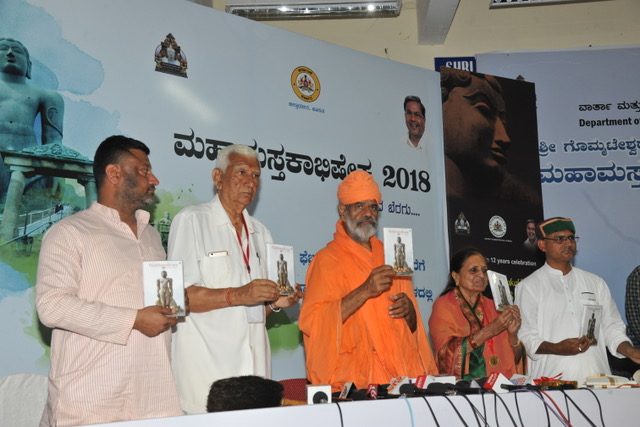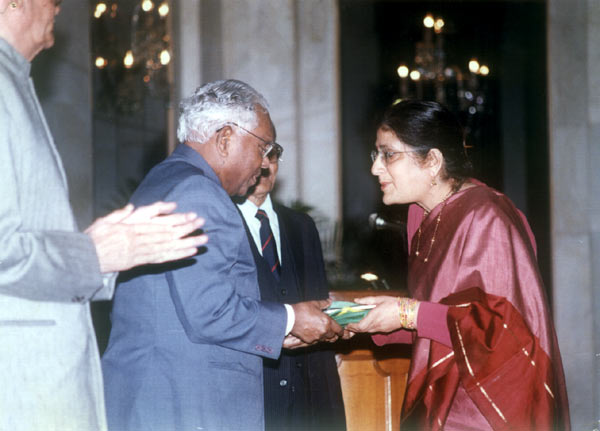Cultural Informatics
Cultural Informatics – Multimedia Research Centre
The Cultural Informatics Laboratory (CIL), a Multimedia Research Centre, was established in 1994 with United Nations Development Program (UNDP) assisted multimedia documentation project titled “Strengthening National Facility for Interactive Multimedia Documentation of Cultural Resources”. Through the modern multimedia technology, IGNCA demonstrates the manner in which cultural heritage can be recreated virtually, so as to present and communicate the holistic vision of India. Amongst the areas where the projects have broken new grounds are the creation of synergies between the disciplines of art and information technology leading to usage, development and demonstration of new technology and cultural documentation. This enabled the IGNCA to bring together scholarship and technology for facilitating communication in a modern world. The symbiosis of experts from the subjects extending from the archaeology, architecture, epigraphy, Sanskrit, rituals, photography and computer science on one platform, is the biggest achievement. Under proper guidance from the subject experts, the team became trained in Interactive-multimedia-documentation and in-depth analysis of cultural information. New design-models, development-processes and reusable software tools, specially targeted at high-quality multimedia content-creation, have been conceived, evolved and applied in projects. Several projects have been initiated engaging a multi-disciplinary team of national and international scholars, computer scientists and designers. Our past legacy and vigorous present is captured in this lab in a computer-generated multimedia CDs/DVDs. These CDs/DVDs presents the content exploration systems to intensify cultural learning and visualisation.
Lower quality derivatives are used for the on line access of the materials.
Other Links






